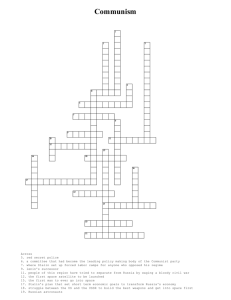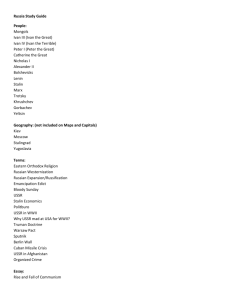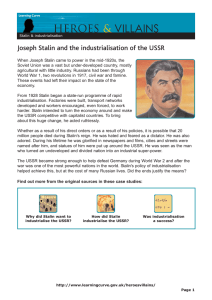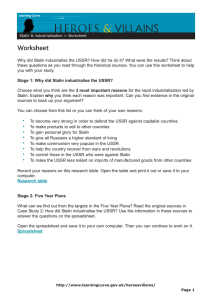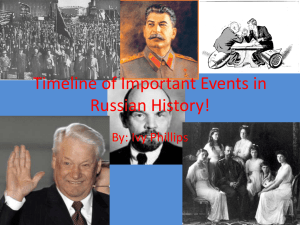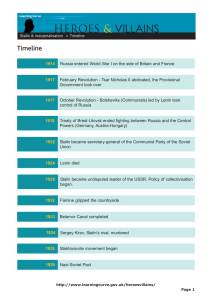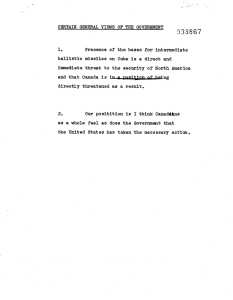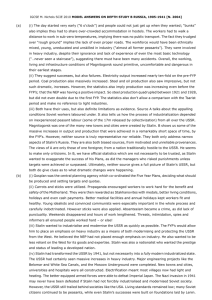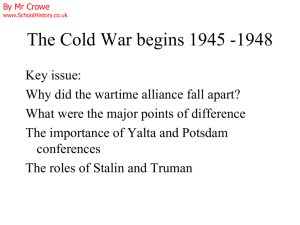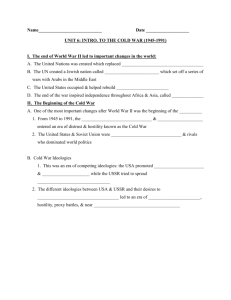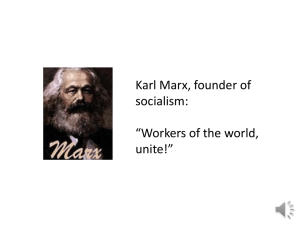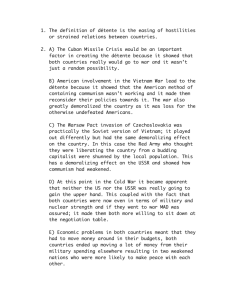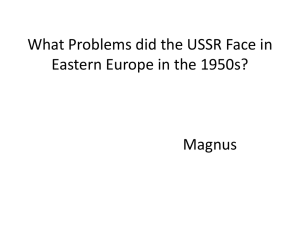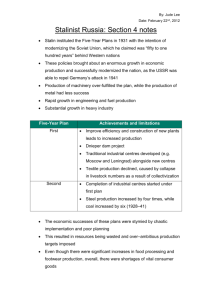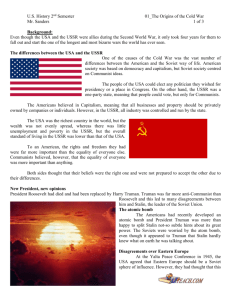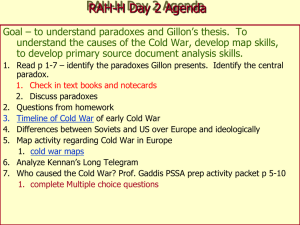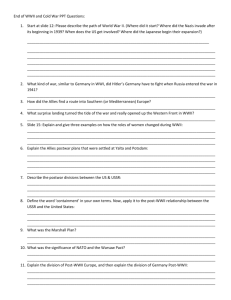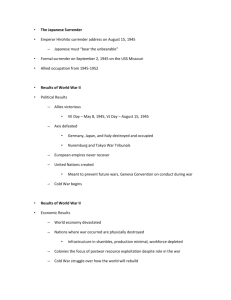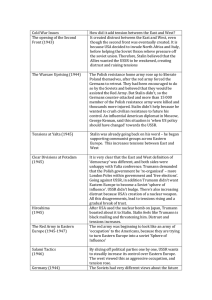Stalin and the economy-5 Year Plans
advertisement
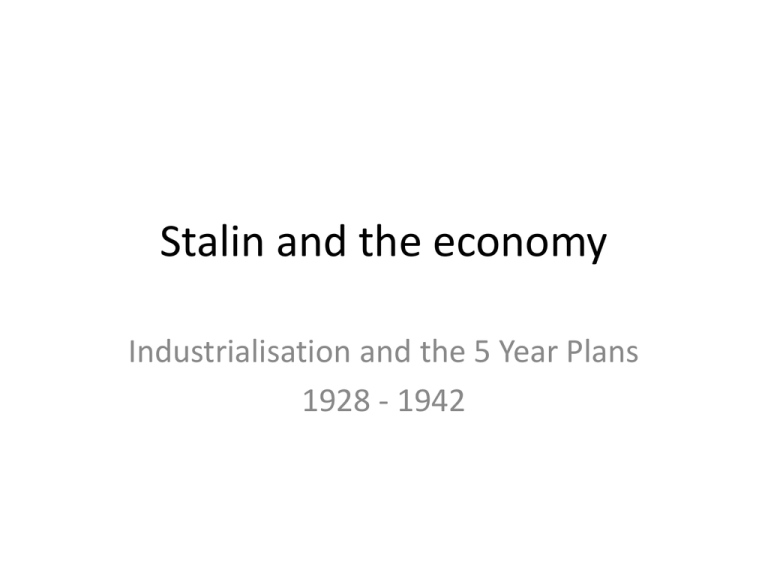
Stalin and the economy Industrialisation and the 5 Year Plans 1928 - 1942 Industrialisation ~ the theory of central planning • Once the NEP had been reversed all industry was owned and run by the State. • Stalin was committed to the idea that detailed planning and rigorous enforcement of production targets could move the USSR forward massively in 10 years. • Gosplan (the State Planning Committee) was set up to over-see the Central Plan Central Planning ~ how it worked • The 0.5 million planners in Gosplan worked out a very high 5-year production target for each factory or industrial unit in the USSR. • They then back-tracked from this final target to produce annual targets which increased year on year to reach the final target. These targets ~’quotas’~ were the minimum standard to be reached. • Each worker in the factory or industrial unit was give a weekly ‘norm’ ~ the amount of production they were expected to produce. Rewards and punishments • Workers who exceeded their norms received extra pay, food, and better housing for them and their families. • Workers who failed to reach their norms lost money and food, and could lose their housing. • Workers who failed regularly or who complained were dealt with by OGPU. • Generally there was initial enthusiasm for the 5 Year Plan ~ the language used was of patriotic ‘war’ against poverty and backwardness The First 5 Year Plan 1928 -33 • • • • • • Focused on heavy industry ~ steel works, iron works, coal production, hydroelectric power, chemicals, motor-vehicles, synthetic rubber, man-made fibres, and electrical goods ~ the target was 300% increase in all these industries. In addition the necessary infra-structure needed to be set up – roads, railways and canals. Stalin was convinced that the military threat would come from the West and therefore these new industrial complexes were located deep inside Russia to the East of the Ural Mountains. The workers often faced terrible conditions. Many were peasants who had been displaced by collectivisation. Piece-work rates were introduced and a 7 days week. Despite poor planning and great loss of life the First 5 Year Plan achieved great progress. Industrial cities, such as Magnitogorsk were built. The Moscow underground was started Although many factory managers lied about their targets great strides in production had been made. In 1932 Stalin announced that the first 5 Year Plan had been completed in 4 years. The Second 5 Year Plan 1933 1938 • More realistic targets were set although they were still highly demanding. • Fearing the growing threat of the Nazi Party in Germany the focus of the Plan became increasingly military. • Working and living conditions remained poor but there was some small improvement overall. • This Plan also saw the appearance of Stakhanovism Aleksei Stakhanov • A coalminer in the Donbass region. • 30 – 31st August 1935 extracted 102 tonnes of coal in a 6-hour shift exceeding his norm by 14 times. • Hailed as a hero of the revolution, he and other extremely hard-working workers were grouped together as the Stakhanovites and used to do propaganda tours of the USSR. • Used to inspire workers they also caused discontent. It has been suggested that he had done this. The 3rd Five Year Plan 1938 - 1941 • Originally this Plan was to be focused on consumer goods however the growing threat of war with Germany changed the emphasis to armaments. • In June 1941 Germany invaded the USSR and this ended this Plan. The 5 Years Plans ~ an evaluation • Despite the difficulty of trusting the figures produced by Gosplan it is clear that the USSR’s industrial production increased massively. • The USSR had achieved this industrial growth without foreign investment and thus was not hit hard by the World Recession. • There had not been an equivalent increase in the living standards of the Russian people. • The human cost had massive
